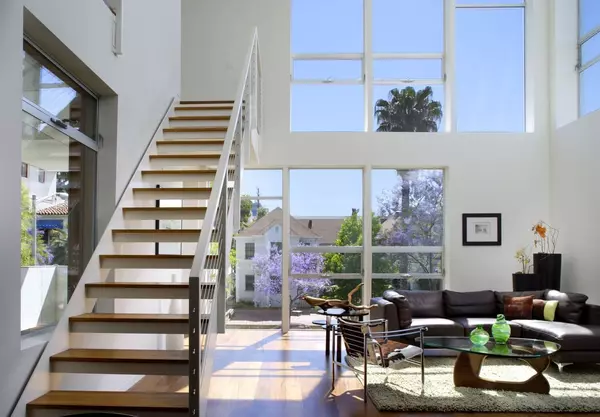Fed Rate Cut Offers Hope as Home Prices Stall and Inventory Growth Slows
Home prices flatlined last week as the growth of the nation's housing inventory continued slowing due to waning buying demand, but the Federal Reserve's interest rate cut on Wednesday—the first of three expected this year—could give the housing market a much-needed boost.
After a "cruel summer" marked by a stalemate between frustrated sellers and reluctant buyers, the week ending on Sept. 13 saw the housing market moving at a halting pace, with early signs of price softening, according to the latest weekly housing market trends report.
"Despite recent declines, historically high mortgage rates and affordability pressures are still holding many buyers back, prompting sellers to recalibrate pricing to draw attention," says Realtor.com® senior economist Anthony Smith.
Heading into the fall, with total housing inventory at its highest level since before the COVID-19 pandemic, buyers have more options to choose from and more time to make their selection.
Meanwhile, seven metros located in the South and West, led by Miami, have turned buyer-friendly, signaling that the national housing market is steadily becoming more balanced as the year's best time to buy approaches in October.
In more good news, Smith points out that rent prices have declined for two years, leaving many renters feeling increasingly optimistic about their prospects of becoming homeowners when economic conditions improve.
To that end, on Thursday, Freddie Mac reported that the average rate on 30-year fixed home loans decreased to 6.26%, marking the fourth consecutive week of falling rates.
A day earlier, the Federal Reserve's policymakers voted to cut the central bank's benchmark interest rate by a quarter of a percentage point, down to a range of 4% to 4.25%, the first reduction since December 2024.
President Donald Trump has been pushing for an even bigger cut, arguing that it was needed to reenergize the sluggish housing market, but the majority of Fed governors opted for a more cautious approach at Wednesday's Federal Open Market Committee meeting.
While the rate cut—the first of three expected before the end of the year—was widely anticipated and already mostly priced into mortgage rates, Realtor.com economist Jiayi Xu expects to see a modest increase in home sales in the months to come.
Home prices stagnate as properties linger
The median listing price saw no year-over-year growth last week, after experiencing a 0.9% annual drop the prior week.
Meanwhile, the median price per square foot, which adjusts for home size, decreased compared to the same period in 2024 for the second straight week following nearly two years of steady growth.
"The weak sales activity has finally caught up and stalled out this metric, suggesting underlying home values are starting to soften," says Smith.
The typical for-sale property waited for a buyer six days longer than a year ago, reflecting the market's slow pace, restrained by a combination of still-elevated home and mortgage rates, and general economic uncertainty that's keeping would-be buyers on the sidelines.
However, conditions vary by region: While the Northeast and Midwest face tight inventory and strong demand, the South and West are seeing an abundance of listings and slower sales, pushing the national days-on-the-market figure higher.
Fresh listings tick up again after setback
New home listings—a measure of sellers putting homes on the market—saw a 2.1% increase year over year, after plunging nearly 2% the previous week for the first time since April.
Smith points out, however, that the number of fresh options on the market remains below the spring and early summer norm, and it all comes down to buyer demand, or lack thereof, he says.
"Homeowners are less eager to get into the market as inventory continues to build and buyers keep to the sidelines," explains the economist.
Meanwhile, the total number of properties on the market increased 17.6% year over year, marking the 13th straight week of slowing growth.
At the same time, the week ending on Sept. 13 was the 97th consecutive week of annual gains in inventory. Overall, there were roughly 1.1 million homes for sale last week, marking the 20th week in a row over the million-listing threshold.
"Active inventory is growing significantly faster than new listings, an indication that more homes are sitting on the market for longer," says Smith.
Categories
Recent Posts










GET MORE INFORMATION

Stevan Stanisic
Real Estate Advisor | License ID: SL3518131
Real Estate Advisor License ID: SL3518131
